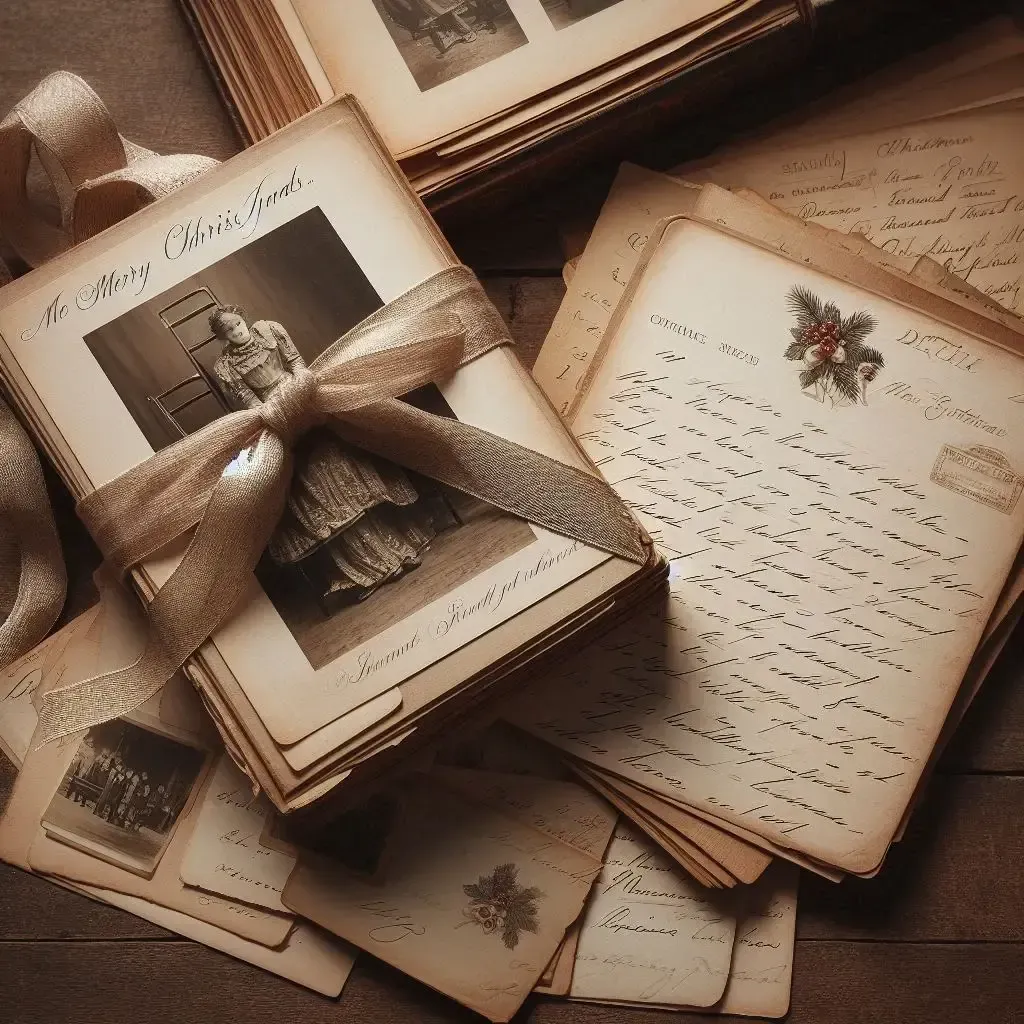Genealogy Goals That Stick Blog Post
Feeling overwhelmed by genealogy goals that never seem to stick? This post helps family historians set realistic, achievable genealogy goals for the year ahead. Learn how to move beyond vague resolutions, focus on one ancestor at a time, and create actionable research goals that fit your life and skill level. Start the year with a clear, flexible plan that builds confidence, consistency, and meaningful progress in your family history research.






